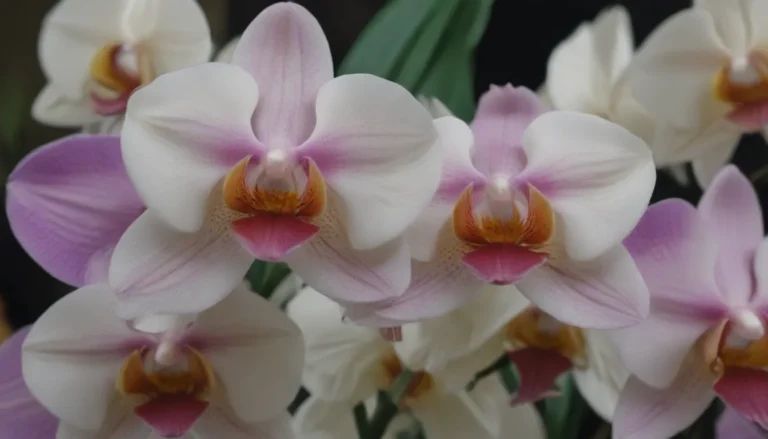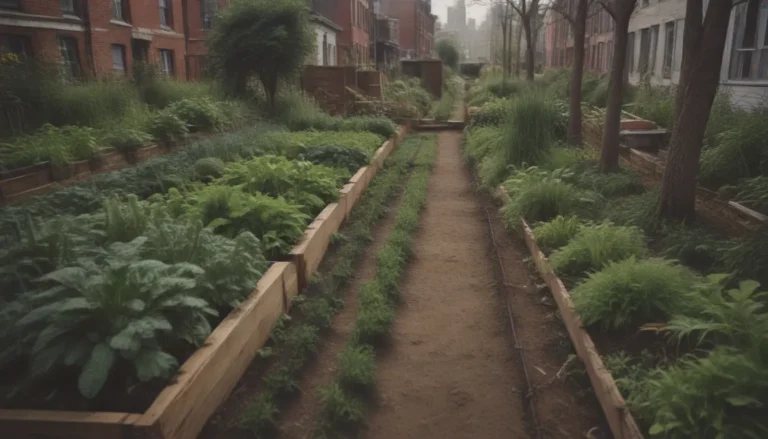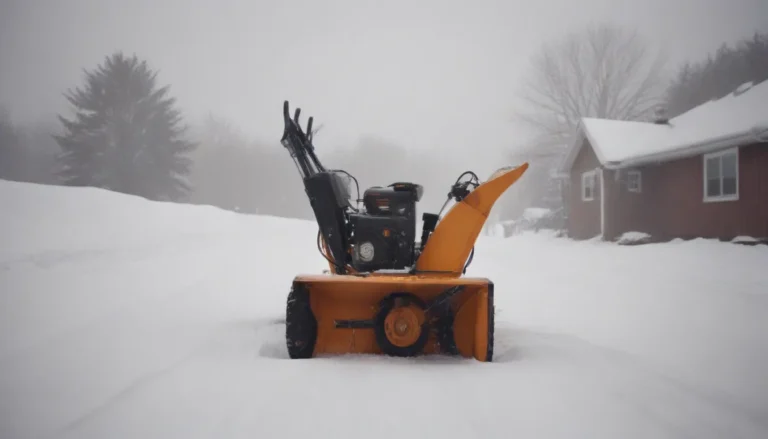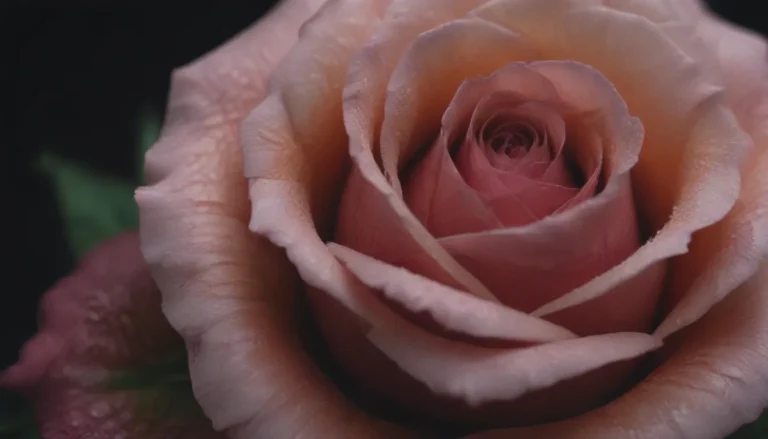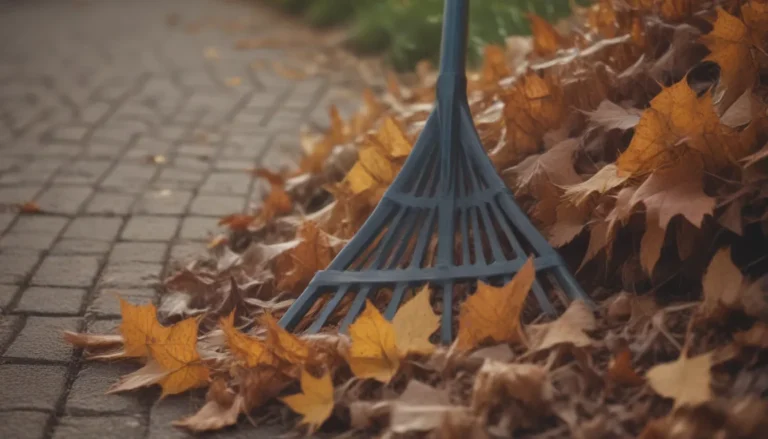Everything You Need to Know About Growing and Caring for Ornamental Peppers
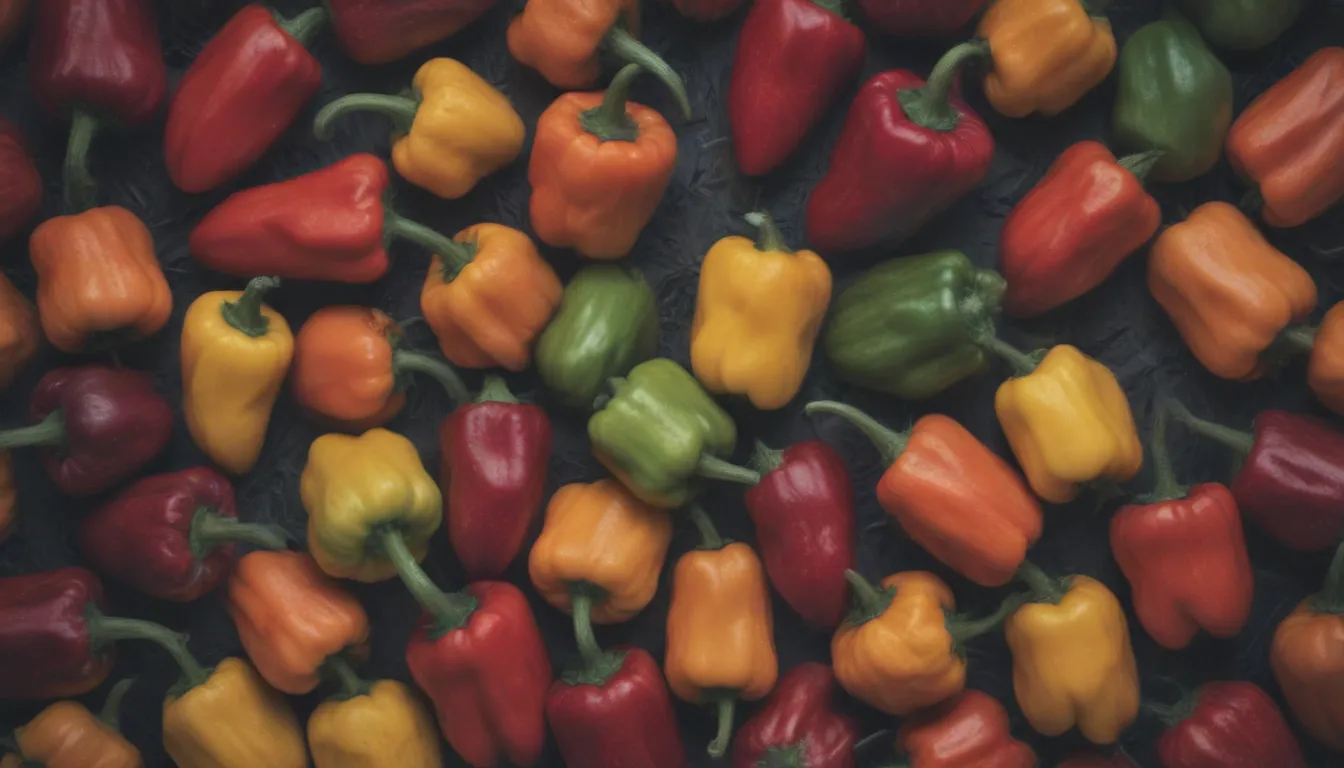
Are you looking to add a touch of color and beauty to your garden or indoor space? Ornamental peppers might be just what you need. These stunning plants blur the boundaries between beauty and functionality, as they produce fruits and foliage in a spectrum of vibrant colors and unique shapes.
In this comprehensive guide, we’ll walk you through everything you need to know to successfully grow and care for ornamental peppers. From planting to propagation, we’ve got you covered with valuable tips and insights to help you make the most of these gorgeous plants.
Getting Started: Planting Ornamental Peppers
Timing is Key
One of the most common mistakes gardeners make when growing ornamental peppers is planting them outdoors too early. To ensure success, wait until the soil has warmed to at least 70 degrees F before planting. If you’re ready to swim in an outdoor pool, it’s likely the right time to plant your ornamental peppers.
Selecting the Perfect Site
Ornamental peppers thrive in sunny locations, so make sure to choose a spot that receives at least 6 to 8 hours of sunlight per day. Additionally, ensure that the soil has good drainage to prevent waterlogged roots.
Planting Tips
- Plant ornamental pepper seedlings with three to four true leaves about 12 to 24 inches apart.
- Ensure the planting holes are about 3 to 4 inches deep.
- While most ornamental pepper plants do not require staking, heavy fruiting plants may benefit from additional support.
Ornamental Pepper Care Tips
Light and Soil Requirements
- Ornamental peppers thrive in full sun, so make sure they receive ample sunlight.
- Plant them in rich, loamy soil with a slightly acidic pH of 6.0 to 6.8.
- Regularly amend the soil with compost and well-rotted manure to provide essential nutrients for healthy growth.
Watering and Fertilizing
- Water ornamental peppers deeply whenever the soil feels dry, aiming for a moisture level similar to a wrung-out sponge.
- Fertilize with a 5-10-10 fertilizer, rich in phosphorus and potassium, to promote fruit and bloom production.
- Apply fertilizer when fruits first begin to form, and again six weeks later for optimal growth.
Temperature and Humidity
- Ornamental peppers thrive in temperatures above 75 degrees F, stimulating rapid growth.
- Ensure roots stay moist, especially during hot weather, to prevent blossom drop.
- Humidity is less critical, but avoid extreme temperatures above 90 degrees, which may impact plant health.
Types of Ornamental Peppers
When it comes to ornamental peppers, the options are endless. Here are some popular varieties to consider for your garden:
– ‘Chilly Chili’
– ‘Black Pearl’
– ‘Prairie Fire’
– ‘Aurora’
– ‘Medusa’
– ‘Joker’
– ‘Bolivian Rainbow’
– ‘Sangria’
– ‘NuMex Easter’
Ornamental Peppers vs. Vegetable Garden Peppers
Wondering about the differences between ornamental peppers and edible varieties? Here are some key distinctions:
– Ornamental peppers are typically dwarf plants, grown for their visual appeal.
– Edible peppers offer a wide range of flavors, unlike the often hot and bitter taste of ornamental peppers.
– Ornamental peppers produce fruits at the top of the plant, visible for ornamental purposes, while edible peppers often hide their fruits within the foliage.
Harvesting and Pruning Ornamental Peppers
While ornamental peppers may not be palatable, they make stunning additions to cut or dried arrangements. Here’s how to harvest and prune them effectively:
– Harvest when at least 90% of the peppers on the stem are colored for optimal beauty.
– For dried arrangements, strip leaves off the stems and hang them to dry in a well-ventilated area.
Pruning Tips:
- Pinch off growing tips to encourage bushier growth.
- Trim stems to 4-6 inches to prevent leggy growth.
Propagating and Growing Ornamental Peppers
Growing from Seeds
Starting ornamental peppers from seed is a cost-effective way to create a beautiful display in your garden. Here’s how to get started:
– Start seeds indoors two months before the last spring frost for best results.
– Seed germination to fruit production can take 12 to 22 weeks, depending on the variety.
– Remember that seeds from ornamental peppers may not produce true offspring, so purchase seeds from reputable sources.
Propagation from Cuttings
While propagating ornamental peppers from cuttings can be challenging, it is possible under the right conditions. Follow these steps for success:
– Take stem cuttings in mild climates where peppers are perennial.
– Ensure cuttings have ample moisture and warmth for optimal root development.
Caring for Potted Ornamental Peppers
Ornamental peppers make fantastic container plants due to their small root systems. Here are some tips for growing them in pots:
– Choose a container with adequate drainage and a size that fits your plant’s needs.
– Larger containers will retain moisture better, while smaller ones may require more frequent watering.
Overwintering and Common Pests
To protect your ornamental peppers during the winter months, consider overwintering them indoors:
– Provide a temperature range of 70 to 80 degrees F during the day and 55 to 65 degrees F at night.
– Trim any leggy growth and monitor for pests and diseases for optimal plant health.
Common Pests and Diseases:
- Watch out for aphids, spider mites, and thrips, which can impact plant health.
- Treat pests with insecticidal soap or oils, and use fungicidal sprays to control diseases like gray mold and root rot.
In conclusion, ornamental peppers are not only visually striking but also easy to care for with the right knowledge and attention. Whether you’re a seasoned gardener or a beginner, these plants can add a pop of color and personality to any space. Experiment with different varieties, propagation methods, and care techniques to create a stunning display that will brighten your home or garden throughout the year. Happy gardening!
